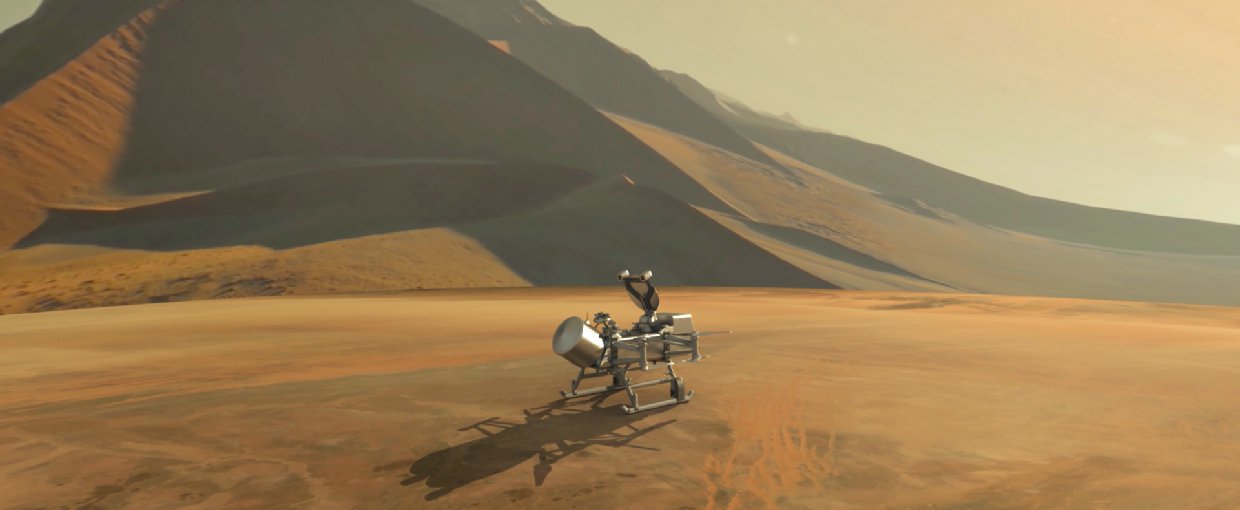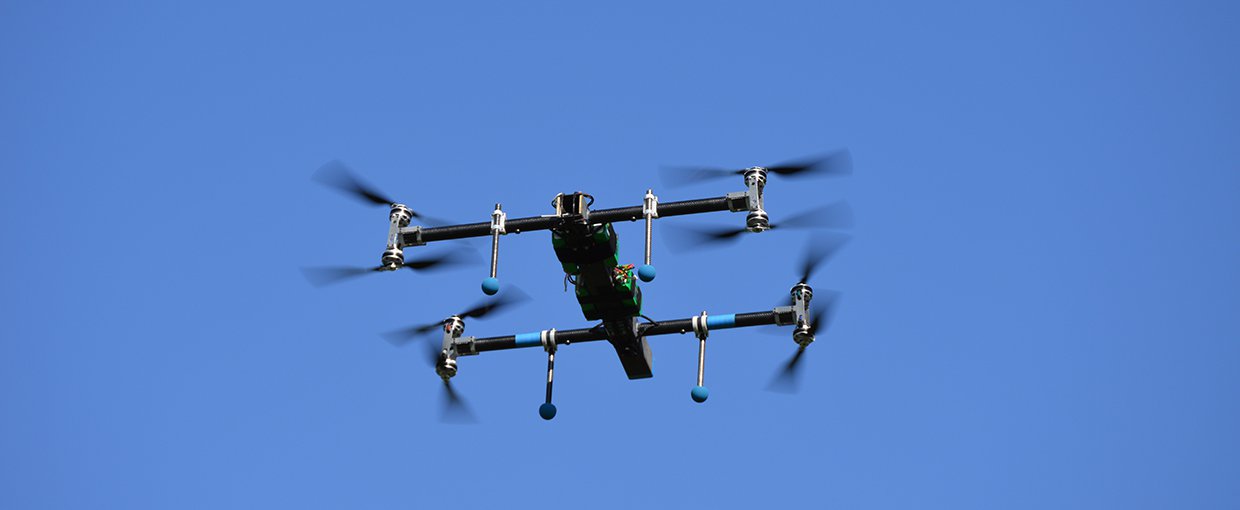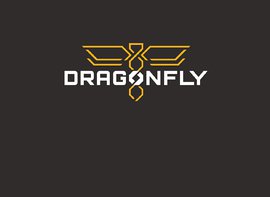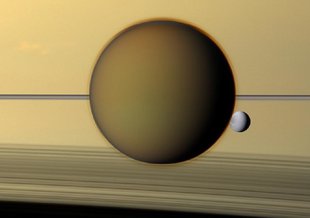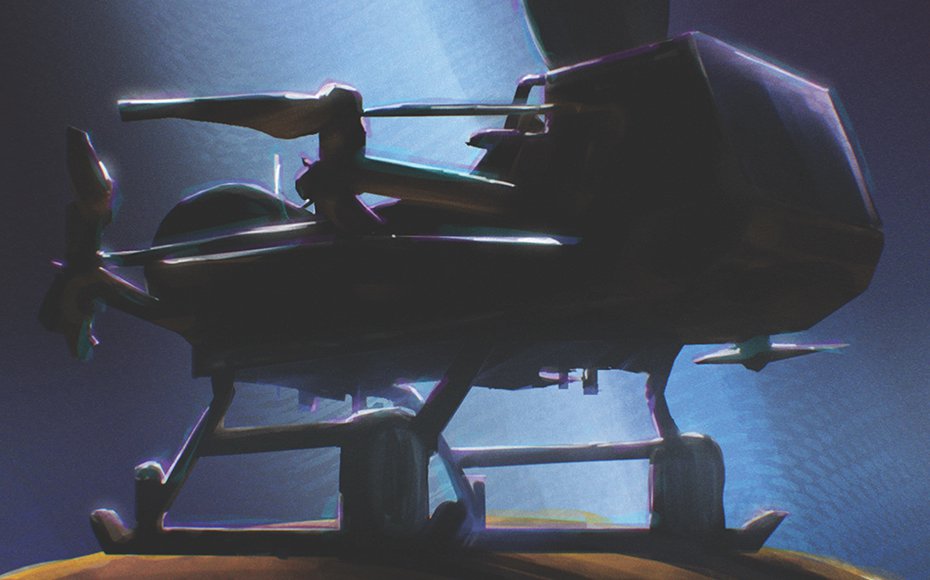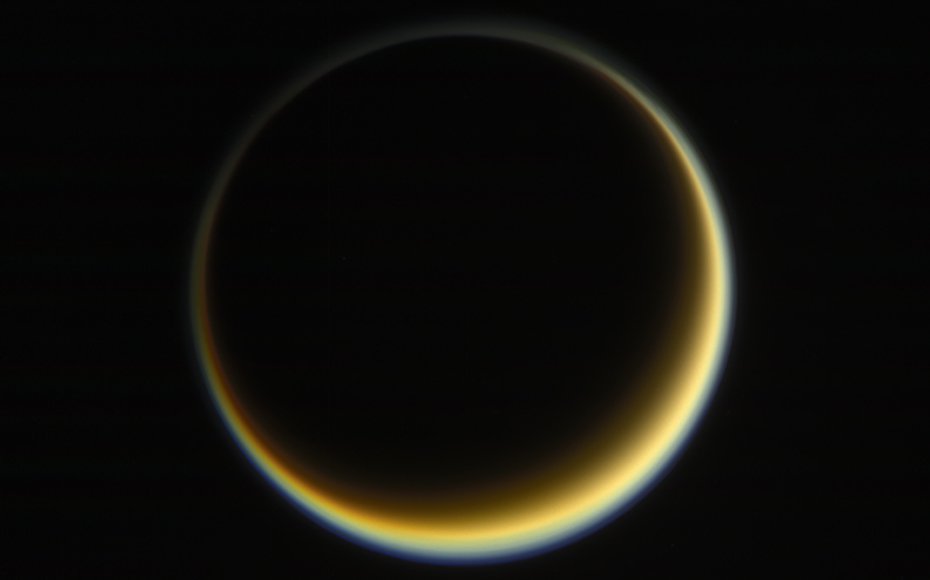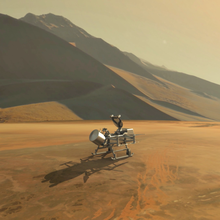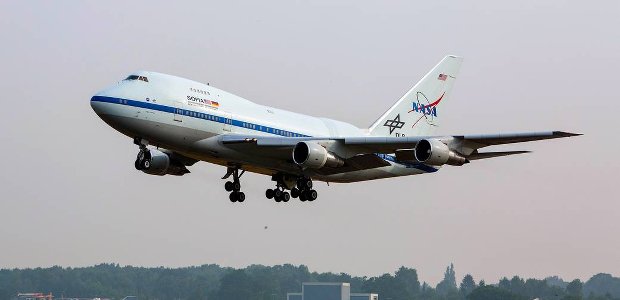- Launch Date Scheduled for 2027
- Arrival Date January 01, 2034
- Mission TypeLander/Rover
- TargetSaturn system
Mission Overview
NASA’s Dragonfly mission is part of the New Frontiers Program, and will sample materials from multiple sites on Saturn’s moon Titan. The mission is a rotorcraft lander (a dual-quadcopter), and will take advantage of Titan’s dense atmosphere and low gravity to explore a variety of locations, determining surface composition in different geologic settings.
Relevance to Astrobiology
This revolutionary mission concept includes the capability to explore diverse locations to look for prebiotic chemical processes common on both Titan and Earth. Titan is an analog to the very early Earth, and can provide clues to how prebiotic chemistry under these conditions may have progressed.
NASA Astrobiology Involvement
The Dragonfly is of direct relevance to the NASA Astrobiology Program, which supports scientists involved at all stages of the mission. Projects supported by the program have helped to define Titan as prime target for astrobiology research in the Solar System. NASA Astrobiology supports analog research on Earth and comparative planetology studies in order to better understand the environment of Titan and to identify sites of astrobiological interest. NASA Astrobiology also supports the development of instrumentation that can be used to perform scientific investigations at Titan. Finally, the Astrobiology Program supports research in areas of prebiotic chemistry that inform our knowledge of organic chemistry on the moon.
Numerous researchers who are involved in the development of Dragonfly are supported by NASA Astrobiology. In the future, data gathered by Dragonfly will be an invaluable resource for studies of direct relevance to the NASA Astrobiology Program’s scientific objectives.

